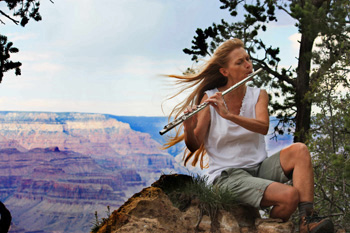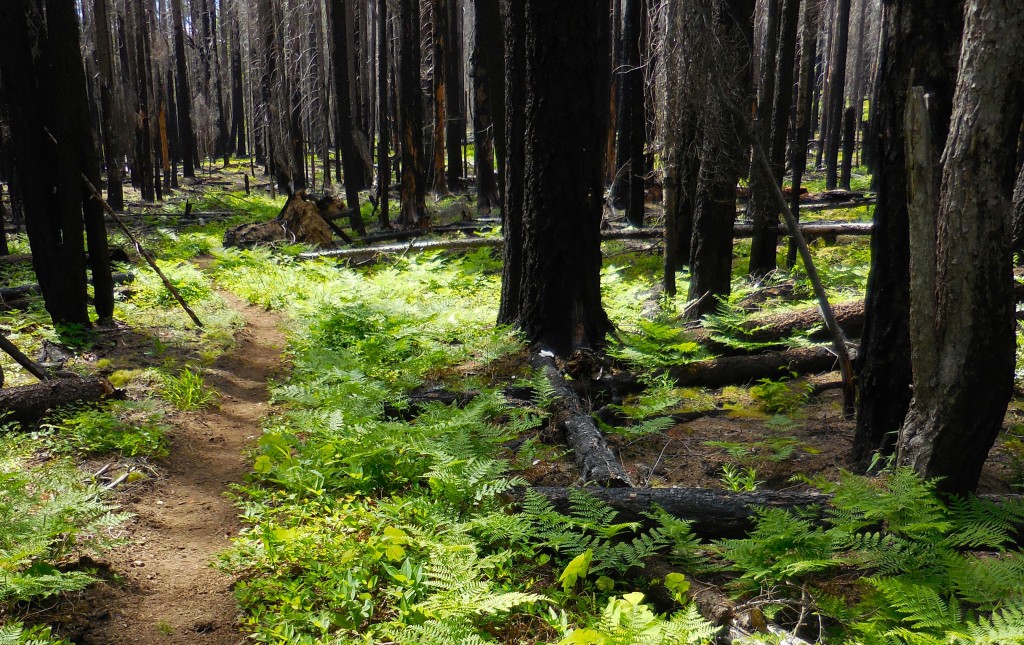
Linda Chase performs on the rim of the Grand Canyon, August 2012. Photo by Autumn Chase-Dempsey.
This Spring, the epic landscapes of Zion, Grand Canyon, and Yosemite will be brought to life in Boston. New Music of Our National Parks is a concert of new chamber music inspired by nature, honoring the national parks in the centennial year of the National Park Service. I’m delighted to be involved with this project, produced by Rachel Panitch in affiliation with the Landscape Music Composers Network.
The concert, which will take place on Friday, April 15, 2016 at 8:00pm on the monthly Advent Library Concert Series at The Church of the Advent in the heart of historic Beacon Hill, Boston (suggested donation is $10), brings together works by three members of the Composers Network—Rachel, Linda Chase, and myself—and features performances by Cardamom Quartet, vocalist Burcu Gulec, flutist Alicia Mielke, guitarist Devin Ulibarri, and the vibraphone/violins trio Thread Ensemble.
I’ve previously posted a brief announcement and a press release about the event. Below, I dig a bit deeper into the works featured on the program and explore how each of the composers drew inspiration from national parks. Continue reading


